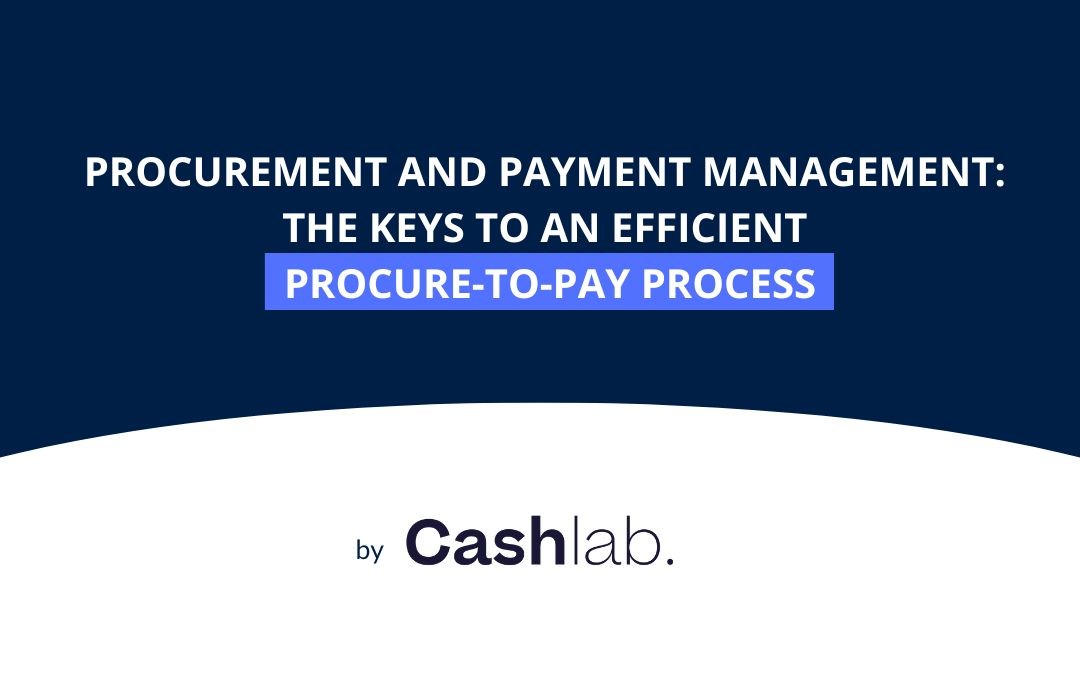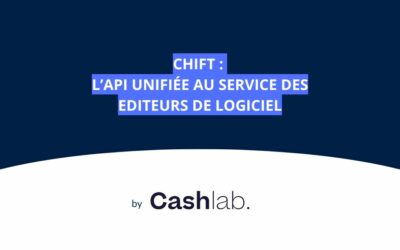The "Procure-to-Pay" (P2P) process refers to the chain of processes that manages purchasing and payment management in a company. This includes:
- identifying raw material or finished product requirements,
- searching for suppliers,
- negotiating contracts,
- receiving products,
- verifying the quality and quantity of received products,
- and finally paying the suppliers.
Procure-to-Pay: what impact on cash management?
The P2P process has a significant impact on a company's Cash management ,as it can influence the way payments are made and the payment terms. It can be seen in the P2P’s 5 steps :
Identifying the needs
Searching for suppliers
Negotiating contracts
Receiving products
Paying the suppliers
Identifying the need for raw materials or finished products: The first step is to identify the requirements for raw materials, finished products or services needed for production or sales. This can be done using supply chain management software or demand management systems.
Searching for suppliers: once the needs are identified, it is necessary to find suppliers who can provide the necessary products or raw materials. This can be done using sites that put buyers and suppliers in touch with each other, professional networks, etc.
Negotiating contracts: once the company has found potential suppliers, it can negotiate terms of the supply contracts with them. It is important to negotiate favourable payment terms for the company, while ensuring that suppliers are also satisfied.
Receiving products: when the products or raw materials are delivered, they must be checked to ensure that they correspond to what has been ordered in terms of quality and quantity.
Paying the suppliers: Once the products have been checked and accepted, it's time to pay the suppliers. If the company has negotiated payment terms it may be able to spread the payments out over several months, which can help manage the Cash company's.
In this way, companies can improve their cash flow management by reducing costs, optimizing payment terms and improving relationships with suppliers..
What are the benefits to optimise the Procure-to-Pay (P2P)?
The P2P process involves managing all aspects of the purchase of products or raw materials, from the initial requirement through to payment to suppliers. There are several advantages to optimising this process:
- Improved efficiency: by automating and centralizing the purchasing process, the P2P process can reduce errors and duplication of effort, leading to improved efficiency.
- Also, cost savings by negotiating better terms with suppliers and streamlining the purchasing process, the P2P process can help the company save money.
- Improving relations with suppliers through a more effective company's relationships with its suppliers.
- Finally, an increase in efficiency and productivity by better visibility into the company's purchasing activities.
Optimizing the P2P process is key in managing your Cash. It can be done through automation.
Automating the Procure-to-Pay cycle can help companies improve their efficiency and productivity. In particular, this involves reducing costs and improving visibility and monitoring of purchases and payments. It can also improve relationships with suppliers, and help to reduce the risk of fraud..
Why and how to automate the process?
There are various ways of automating the P2P process, using purchasing and payment management software or setting up automated work processes. Here are a few steps companies can take to automate their P2P process:
Evaluate the company's needs
Choose a purchasing and payment management software
Set up automated work processes
Train the staff
Monitor and improve the process
Assessing the company's needs : Before starting to automate the P2P process, it is important to fully understand the needs of the business and identify the tasks can be automated..
Choose a purchasing and payment management software: there are many purchasing and payment management software options on the market, which offer different features. It is important to choose a software that meets the needs company's.
Set up automated work processes: once the company has chosen a software package, it can put in place automated work processes for each step of the P2P. For example, it can configure the software so that it automatically sends notifications to suppliers when an order is placed or a payment is made.
Train the staff: It is important to train staff in the use of the purchasing and payment management software and in the new automated work processes.
Monitor and improve the process: Once the P2P process has been automated, the company needs to monitor and measure it to ensure that it is working properly. effectively. If improvements are needed, it can make adjustments to the software or automated work processes.
With its dual banking and accounting approach, theCashlab tool allows better visibility on the P2P process. First, by following Cash coming in and Cash going out with the banking transaction analysis. Then, by managing your WCR ratios and their potential improvements.
To know more, check out our Cash Management software here.
Written by Eléonore Berne, on 09/01/2023.
Exclusive interview with Jennifer Serfati, Founder of consultancy Hart Group
Jennifer Serfati tells us about the origins, missions and challenges of her consultancy Hart Group. ‘Our motto, ‘The partner for balancing your cash flow’, illustrates our commitment to supporting our customers with a 360° vision’.
CASHLAB x CHIFT
Chift is the fruit of the experience of its three founders in companies specialising in systems integration. After visiting around a hundred companies and analysing the problem, they identified a major gap in the integration market. That's how they came up with Chift, a unified API.
Electronic invoicing reform: what is it all about?
Electronic invoicing is the fully digital management of the invoice lifecycle, from creation to archiving.
![]()
📍1, rue des Prouvaires
75001 Paris
Follow us:
©2023 All rights reserved. | Cashlab | Legal Notice




